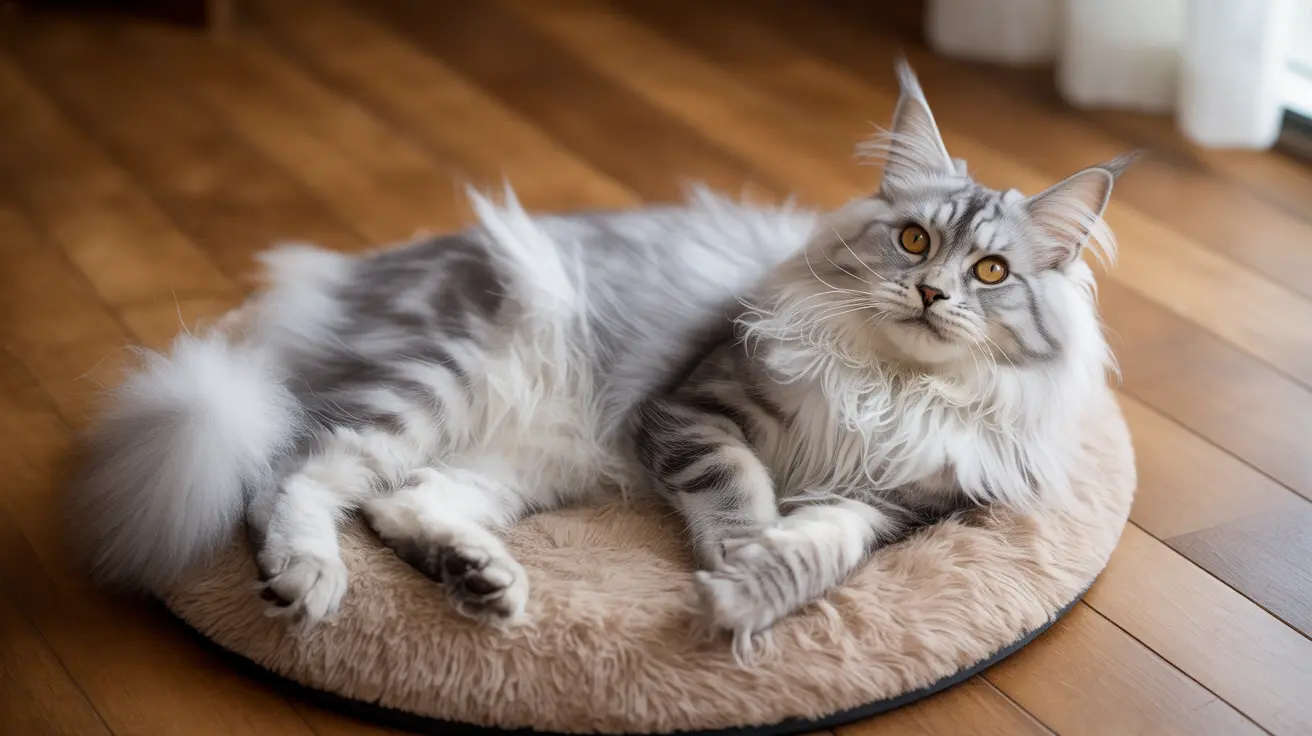The Calm and Gentle Nature of the Shetland Sheepdog
The
Shetland Sheepdog, often affectionately called the
Sheltie, is a breed renowned for its
calm demeanor,
gentle personality, and
unwavering loyalty. Originating from the rugged Shetland Islands of Scotland, this small herding dog was bred to withstand a tough environment while remaining responsive, focused, and devoted to its task and human companions.
Physical Characteristics
Shelties are
small but sturdy dogs. They typically stand between 13 and 16 inches tall and weigh 15 to 25 pounds. Despite their smaller size compared to the Rough Collie, they share many of the same elegant and graceful features.
- Coat: A dense double coat with a long, straight outer layer and a soft undercoat
- Colors: Sable, blue merle, and black with white and tan markings
- Eyes: Usually dark brown, but blue merles may have blue eyes
- Tail and Ears: Carried down or slightly elevated; ears are high-set and tip forward
Temperament
The Shetland Sheepdog is the epitome of a calm and gentle dog. This breed exhibits a suite of positive behavioral traits that make it suitable for families and individuals alike:
- Affectionate and Devoted: Extremely loyal and attached to family members
- Intelligent: Ranks among the most intelligent breeds, making training easy
- Gentle with Children: Often patient and kind, though playful herding behavior may emerge
- Good with Other Pets: Comfortable around other dogs and pets when properly socialized
- Reserved but Friendly: Initially shy with strangers but warms up with positive exposure
Ideal Living Environment
Despite its background as a working dog, the Sheltie is highly
adaptable. It thrives in both rural and urban settings as long as its physical and mental needs are met:
- Apartment Living: Possible if exercise needs are consistently addressed
- Houses with Yards: Beneficial for more space to run and explore
Exercise and Mental Stimulation
Shelties require
daily physical and mental exercise to remain healthy and well-behaved.
- Adults: At least one hour of walk or active play daily
- Puppies: Short sessions of play appropriate for age and size
- Dog Sports: Excel at agility and obedience competitions
Without sufficient stimulation, Shelties may bark excessively or develop other behavioral issues.
Training and Intelligence
The Sheltie is among the
easiest breeds to train due to its high intelligence and eagerness to please. Positive reinforcement methods work best.
- Obedience Training: Quick learners and high performers
- Socialization: Early and ongoing exposure is essential to ensure balanced behavior
- Task-Oriented: Enjoy working side-by-side with humans
Grooming and Maintenance
The Sheltie’s double coat requires consistent grooming to maintain its beauty and health.
- Brushing: Weekly, with increased frequency during shedding season
- Bathing: Every 2–3 months or when necessary
- Other Care: Regular nail trimming, ear cleaning, and daily teeth brushing
Diet and Nutrition
Shelties do best on a
balanced, high-quality diet tailored to their age, size, and activity level.
- Feeding Frequency: Adults – two meals daily; Puppies – more frequent feedings, transitioning with age
- Weight Management: Monitor for obesity and adjust portions accordingly
- Treats: Given sparingly to avoid overfeeding
Health Considerations
While generally healthy, Shelties are prone to certain genetic conditions. Regular vet visits and screenings are crucial.
Common health concerns include:
- Hip dysplasia
- Congenital eye defects (e.g., Collie Eye Anomaly)
- Dermatomyositis
- Von Willebrand’s disease
- Epilepsy
- Thyroid disorders
- MDR1 mutation (drug sensitivity)
- Bladder cancer and other tumors in older age
Longevity and Considerations for Ownership
Shetland Sheepdogs typically live
12 to 14 years. Thanks to their loyalty and calm demeanor, they make ideal companions for:
- First-time dog owners seeking an intelligent, trainable breed
- Families with children
- People looking for a therapy or emotional support dog
Whether as a working dog or beloved pet, the Sheltie thrives in loving homes that provide companionship, activity, and care. Its
deep bonds with humans and
gentle spirit make it a standout among calm and affectionate breeds.





